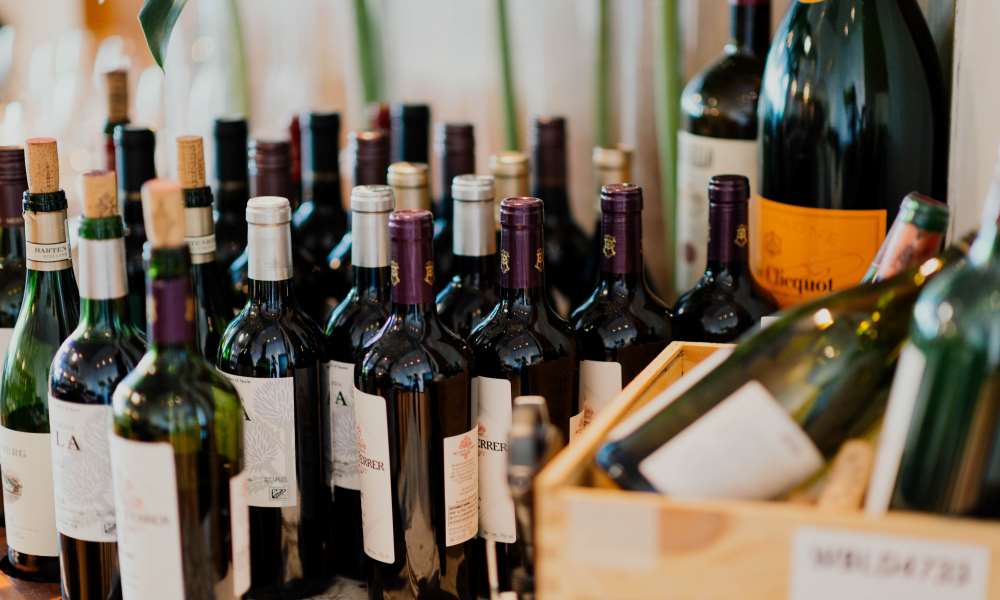Alcoholic beverages inflation rate at 7.6%
“Sin taxes” adjusted in February
Overall, Namibia recorded an annual inflation rate of 7.2% in February 2023 compared to 4.5% February 2022.
Finance minister Iipumbu Shiimi in his budget speech last month announced an adjustment in “sin taxes” on the consumption of alcoholic beverages, tobacco, cigarettes and cigars.A pack of 20 cigarettes went up by 98 cents, while a kg of cigars now cost an additional N$237.79.
In addition, unfortified wine increased by 24 cents per litre, whereas fortified went up by 41 cents per litre.
Sparkling wine increased by 12 cents per liter, while spirits now cost an extra N$12.08 per litre.
Lastly, clear malted beer increased by N$5.99 per litre, and ciders and alcoholic fruit beverages rose by N$5.99 per litre.
According to the Namibia Statistics Agency (NSA), the alcoholic beverages and tobacco category recorded an inflation rate of 7.1% in February 2023, compared 3.5% and 5.8% in February 2022 and January 2023, respectively.
“The upward movement in the annual inflation rate in this category during this period was due to the increase witnessed in the price levels of alcoholic beverages which rose from 3.4% to 7.6%,” NSA said.
Tobacco inflation stood at 5.1% in February 2023, compared to 2.7% and 3.8% recorded in January 2023 and February 2022, respectively.
The alcoholic beverages and tobacco category carries the fourth largest weight in Namibia Statistics Agency consumer basket of 12.59%, after transport (14.28%), food and non-alcoholic beverages (16.45%) and housing (28.26%).
That means for every N$100 that consumers have in their pockets, N$12.59 is likely to be spend on alcoholic beverages and tobacco.
Overall, Namibia recorded an annual inflation rate of 7.2% in February 2023, compared to 4.5% registered in February 2022, according to the Namibia Statistics Agency. In January 2023, inflation stood at 7%.
The main contributors to the annual inflation rate for February 2023 were food and non-alcoholic beverages (2.6 percentage points); transport (1.5 percentage points); alcoholic beverages and tobacco (1.0 percentage point); housing, water, electricity, gas, and other fuels (0.7 percentage points); Furnishings, household equipment and routine maintenance of the house; and miscellaneous goods and services each contributed 0.4 percentage points.
Looking at the zones, Zone 1 (Kavango East, Kavango West, Kunene, Ohangwena, Omusati, Oshana, Oshikoto, Otjozondjupa, and Zambezi) recorded the highest inflation rate of 7.6%, followed by Zone 3 (//Kharas, Erongo, Hardap and Omaheke), which recorded 7.3% and Zone 2 (Khomas) 6.7%[email protected]



